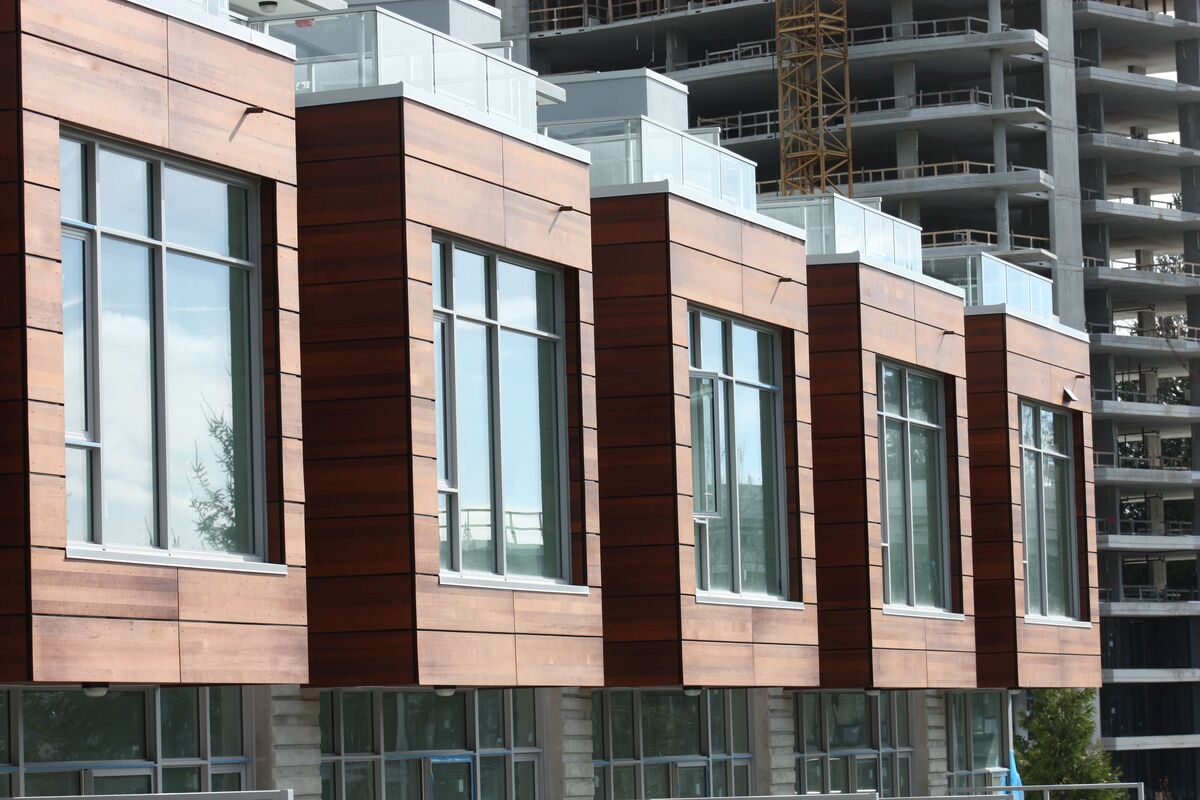

Articles
What Is Engineered Wood Siding
Modified: October 20, 2024
Learn all about engineered wood siding in our informative articles. Find out what it is, how it's made, and why it's a popular choice for homeowners.
(Many of the links in this article redirect to a specific reviewed product. Your purchase of these products through affiliate links helps to generate commission for Storables.com, at no extra cost. Learn more)
Introduction
When it comes to home exteriors, choosing the right siding material is crucial. Not only does it protect your home from the elements, but it also defines its aesthetic appeal. Engineered wood siding is a popular choice among homeowners looking for a versatile, durable, and visually appealing option.
Engineered wood siding is a composite material made from wood fibers, strands, or particles that are bonded together using resins and adhesives. It offers the natural beauty and warmth of wood while providing enhanced durability and resistance to moisture, insects, and rot.
This article will explore the definition, types, advantages, disadvantages, installation process, maintenance and care, cost, and a comparison with other siding materials of engineered wood siding. By the end, you’ll have a comprehensive understanding of this siding option and be better equipped to make an informed decision for your home.
Key Takeaways:
- Engineered wood siding offers the timeless beauty of natural wood with enhanced durability, resistance to pests and moisture, and low maintenance requirements, making it a versatile and sustainable choice for homeowners seeking both style and practicality.
- While engineered wood siding may have higher initial costs and require regular maintenance, its cost-effective and environmentally friendly nature, along with a wide range of styles and finishes, make it a compelling option for enhancing the aesthetics and longevity of homes.
Definition of Engineered Wood Siding
Engineered wood siding, also known as composite wood siding or manufactured wood siding, is a type of exterior cladding that is designed to mimic the look of natural wood. It is made by bonding together wood fibers, strands, or particles with resins and adhesives to create a durable and long-lasting material.
Unlike traditional wood siding, engineered wood siding is manufactured in a controlled environment, which allows for greater consistency in terms of quality and appearance. The manufacturing process involves compressing the wood fibers and adding binders to create a strong, stable, and weather-resistant product.
Engineered wood siding comes in various forms, including lap siding, panel siding, shake and shingle siding, and trim boards. It is available in a wide range of colors and finishes, allowing homeowners to achieve the desired look for their homes.
One of the key features of engineered wood siding is its sustainability. By utilizing wood fibers and particles from sustainably managed forests, engineered wood siding minimizes the environmental impact associated with harvesting and using natural wood.
In addition to its aesthetic appeal and eco-friendly nature, engineered wood siding offers several practical advantages. It is resistant to warping, cracking, and splitting, making it a durable choice for withstanding the elements. It is also resistant to pests, such as termites, which can be a common problem with traditional wood siding.
Overall, engineered wood siding provides homeowners with the beauty of wood and the durability of composite materials. It combines the timeless appeal of natural wood with the low maintenance and longevity of synthetic materials, making it an attractive option for those seeking both style and practicality for their home exteriors.
Types of Engineered Wood Siding
Engineered wood siding offers a variety of styles and profiles to suit different architectural designs and personal preferences. Here are some of the most common types of engineered wood siding:
- Lap Siding: Lap siding, also known as clapboard siding, is a popular choice for traditional and colonial style homes. It consists of long boards with an overlapping design. The boards are installed horizontally, with each board covering a portion of the one beneath it. Lap siding creates a classic and timeless look.
- Panel Siding: Panel siding is a versatile option that comes in large sheets, typically 4 feet by 8 feet. It can be installed vertically or horizontally, depending on the desired aesthetic. Panel siding is available in various textures and finishes, such as smooth or embossed wood grain, allowing for customization and flexibility in design.
- Shake and Shingle Siding: Shake and shingle siding provide a rustic and textured look, reminiscent of traditional hand-split wooden shakes or shingles. They are available in different shapes and styles, such as straight edge, staggered edge, or round edge, to create visually pleasing patterns. Shake and shingle siding can add depth and character to a home’s exterior.
- Trim Boards: Trim boards provide the finishing touches to complete the look of engineered wood siding installation. They are used to cover edges, corners, and other transitions. Trim boards are available in various widths and thicknesses, allowing for customization and precise detailing.
It’s important to consider the architectural style of your home and personal preferences when choosing the type of engineered wood siding. Each type offers a distinct appearance and can significantly impact the overall aesthetics of your home.
Additionally, it’s worth noting that engineered wood siding is available in a wide range of colors and finishes, including natural wood tones, vibrant hues, and even painted options. This allows homeowners to achieve the desired look, whether it’s a traditional, modern, or unique style.
Consulting with a professional siding contractor or design expert can help you explore the various types of engineered wood siding and determine which one best suits your home’s architecture and your personal taste.
Advantages of Engineered Wood Siding
Engineered wood siding offers several advantages that make it a popular choice among homeowners. Here are some of the key advantages:
- Natural Beauty: Engineered wood siding provides the warmth and beauty of real wood, enhancing the curb appeal and overall aesthetic of a home. It offers the rich textures, grains, and colors that can only be found in natural wood.
- Durability: Engineered wood siding is engineered to be durable and long-lasting. It is designed to resist warping, cracking, and splitting, ensuring its resilience against the elements, including harsh weather conditions.
- Moisture Resistance: Engineered wood siding is manufactured with protective coatings and treatments that make it resistant to moisture. This helps prevent rotting, swelling, and decay, which are common issues with natural wood siding.
- Insect Resistance: Unlike natural wood, engineered wood siding is treated to be resistant to pests, such as termites and wood-boring insects. This reduces the risk of infestations and potential damage to the siding.
- Low Maintenance: Engineered wood siding requires minimal maintenance compared to natural wood. It does not need regular staining or painting, although it may benefit from occasional cleaning to remove dirt and debris.
- Versatility: Engineered wood siding comes in various styles, profiles, colors, and finishes, offering homeowners a wide range of options to achieve the desired look for their homes. It can easily complement different architectural styles and design preferences.
- Sustainable Choice: Engineered wood siding is an environmentally friendly option. It is manufactured using wood fibers and particles from sustainably managed forests, minimizing the impact on natural resources and promoting sustainability.
- Ease of Installation: Engineered wood siding is designed for easy installation. It is lightweight and comes in standardized sizes, making it convenient for contractors or DIY enthusiasts to install. This can potentially reduce installation time and cost.
With its combination of natural beauty, durability, low maintenance, and sustainability, engineered wood siding offers a compelling solution for homeowners who want the timeless appeal of wood with added benefits. It is a versatile and reliable option that can enhance the overall value and appearance of a home.
Disadvantages of Engineered Wood Siding
While engineered wood siding offers numerous advantages, it is important to consider the potential disadvantages before making a decision. Here are some of the key disadvantages of engineered wood siding:
- Cost: Compared to other siding materials, such as vinyl or fiber cement, engineered wood siding can be more expensive. The initial cost of materials and installation may be higher, although the long-term durability and aesthetic appeal can offset this expense.
- Moisture Susceptibility: While engineered wood siding is treated to resist moisture, it is not completely immune to water damage. If not properly installed or maintained, it can still be susceptible to water infiltration, leading to rot or decay over time.
- Maintenance Requirements: Although engineered wood siding requires less maintenance than natural wood, it still requires periodic care and attention. Regular cleaning and inspections are necessary to prevent the buildup of dirt, mildew, or algae, and to ensure its longevity.
- UV Damage: Prolonged exposure to sunlight can cause fading and discoloration of engineered wood siding. While manufacturers apply protective coatings and treatments to minimize this issue, it is important to consider the level of sun exposure your home receives and take appropriate measures to mitigate UV damage.
- Potential for Delamination: In rare cases, engineered wood siding may experience delamination, where the layers of the composite material separate or break apart. This can occur if the siding is exposed to extreme moisture, improper installation techniques, or if the product itself is of lower quality.
- Limited Lifespan: While engineered wood siding is designed to be durable, it may not have the same lifespan as some other siding materials, such as fiber cement or brick. Regular maintenance and prompt repairs are necessary to prolong its lifespan and ensure its performance over time.
- Fire Susceptibility: Engineered wood siding is combustible and can contribute to the spread of fire. However, manufacturers usually incorporate fire retardant properties into the product to reduce this risk. It is crucial to follow local building codes and regulations for fire safety measures.
Understanding the potential disadvantages of engineered wood siding allows homeowners to make an informed decision and take necessary precautions to address these challenges. Consulting with a professional siding contractor can provide valuable insights and guidance on choosing the right siding material for your specific needs and circumstances.
Engineered wood siding is a durable and cost-effective alternative to traditional wood siding. It is made from wood fibers and resin, offering the look of real wood with less maintenance. Be sure to properly maintain and seal engineered wood siding to prolong its lifespan.
Installation Process of Engineered Wood Siding
The installation process of engineered wood siding typically involves the following steps:
- Prepare the Surface: Before installing the siding, the exterior walls need to be prepared. This involves removing any existing siding, ensuring a smooth and clean surface, and making any necessary repairs to the underlying structure. It’s important to address any moisture issues or damage to the wall before proceeding.
- Install a Moisture Barrier: Next, a moisture barrier, such as building wrap or house wrap, should be applied to the exterior walls. This helps prevent water infiltration and protects the wall structure from potential damage.
- Attach Furring Strips: Furring strips, which are horizontal wooden strips, are then attached to the exterior walls. These strips provide a flat and even surface for the installation of the engineered wood siding. They also help with air circulation and moisture management.
- Measure and Cut the Siding: The engineered wood siding boards are measured to the desired lengths and cut accordingly. It’s essential to accurately measure and account for any corner angles, openings, or trim details.
- Start Installing: The installation begins with the bottom row of siding boards. These boards are attached to the furring strips using corrosion-resistant nails or screws. They are leveled and aligned properly, ensuring a tight fit and consistent spacing.
- Continue with the Remaining Rows: Each subsequent row is installed above the previous one, with overlaps to create a staggered pattern. This helps to prevent water infiltration and provides a visually appealing finished look. Nails or screws are driven at the appropriate locations, following the manufacturer’s guidelines.
- Apply Trim and Flashing: After completing the siding installation, trim boards are installed around windows, doors, corners, and other areas that require additional detailing. Flashing is also applied to provide extra protection against water intrusion in vulnerable areas.
- Finishing Touches: Once the siding and trim are in place, any necessary caulking or sealing is done to prevent moisture penetration. The siding may be left natural or painted according to the homeowner’s preference, following the manufacturer’s recommendations.
It’s important to note that the specific installation process may vary depending on the manufacturer’s instructions and the type of engineered wood siding being used. It is recommended to consult the manufacturer’s guidelines or hire a professional siding contractor for proper installation to ensure optimal performance and longevity.
Maintenance and Care for Engineered Wood Siding
To ensure the longevity and beauty of your engineered wood siding, regular maintenance and care are essential. Here are some important maintenance practices to consider:
- Inspect Regularly: Conduct regular inspections of your siding to check for any signs of damage, including cracks, splits, or loose boards. Look for any areas where moisture may be penetrating, as well as any signs of insect activity. Early detection and prompt repairs can prevent further damage.
- Clean Periodically: Cleaning your engineered wood siding helps maintain its appearance and prevents the buildup of dirt, grime, or stains. Use a soft-bristle brush or a low-pressure washer to gently scrub the siding with a mixture of mild detergent and water. Avoid using high-pressure washers, as they can damage the surface of the siding.
- Remove Mold or Mildew: If you notice any mold or mildew growth on the siding, it’s important to address it promptly. Mix a solution of one part bleach to four parts water and apply it to the affected areas using a brush or sprayer. Allow the solution to sit for a few minutes, then rinse thoroughly with water.
- Repair and Replace: If you come across any damaged or deteriorated boards, it’s crucial to repair or replace them as soon as possible. This will help maintain the integrity of your siding and prevent further damage or moisture penetration. Follow the manufacturer’s guidelines for proper repair techniques and use matching replacement boards.
- Trim Vegetation: Trim back any trees, shrubs, or vines that may be touching or too close to your engineered wood siding. This helps prevent damage from branches or foliage, as well as reduces the risk of moisture retention against the siding.
- Avoid Direct Heat Sources: Keep grills, fire pits, and other heat sources a safe distance away from your siding. Direct heat can cause damage to the siding, including warping or discoloration.
- Protect Against UV Rays: Consider applying a protective coating or finish to your engineered wood siding to safeguard it against the damaging effects of UV rays. This can help prevent fading, discoloration, and deterioration caused by prolonged sun exposure.
- Follow Manufacturer’s Guidelines: Always refer to the manufacturer’s instructions and recommendations for maintenance and care specific to your type of engineered wood siding. They may provide additional tips and guidelines to ensure the best performance and longevity of your siding.
By following these maintenance practices, you can preserve the beauty and functionality of your engineered wood siding for years to come. Regular upkeep and timely repairs will help protect your investment and keep your home looking its best.
Cost of Engineered Wood Siding
The cost of engineered wood siding can vary depending on several factors, including the quality of the material, the style and profile chosen, the size of the project, and the region where you live. Here are some key cost considerations to keep in mind:
- Material Cost: The cost of the engineered wood siding material itself can range from $3 to $8 per square foot. Higher-quality materials and premium finishes may be on the higher end of the price range. Keep in mind that this cost only includes the siding boards and does not account for other accessories or installation expenses.
- Installation Cost: The cost of installation can vary depending on the complexity of the project, labor rates in your area, and the contractor you choose. On average, the installation cost for engineered wood siding can range from $4 to $8 per square foot. It’s recommended to get multiple quotes from reputable contractors to compare prices and services.
- Additional Accessories: You may need to budget for additional accessories and trim pieces, such as corner boards, window trims, and fascia boards. These can add to the overall cost of the project, but they are essential for a finished and polished look.
- Permits and Inspections: Depending on your local regulations, you may need to obtain permits for your siding installation project. There may be associated fees for permits and inspections, which should be factored into your budget.
- Location: The cost of engineered wood siding can vary depending on your location. Areas with higher costs of living or where construction materials are in high demand may have higher prices for both materials and labor.
- Additional Costs: It’s important to consider any additional costs that may arise during the installation process, such as repairs or modifications to the underlying structure, professional design consultations, or the removal and disposal of old siding materials. These costs should be discussed with your contractor to obtain a comprehensive estimate.
It’s crucial to budget carefully and prioritize your needs when considering the cost of engineered wood siding. While it may have a higher upfront cost compared to some other siding materials, it offers long-term durability, aesthetic appeal, and potential energy-saving benefits that can make it a worthwhile investment for your home.
Comparison with Other Types of Siding Materials
When choosing the right siding material for your home, it’s important to consider the pros and cons of different options. Here is a comparison of engineered wood siding with other popular siding materials:
- Vinyl Siding: Vinyl siding is a commonly chosen option due to its affordability and low maintenance requirements. It is resistant to rot, insect damage, and fading. However, compared to engineered wood siding, vinyl lacks the natural aesthetics and warmth that wood provides.
- Fiber Cement Siding: Fiber cement siding is durable, resistant to fire and pests, and offers a similar appearance to wood. It requires minimal maintenance and has a long lifespan. However, fiber cement may be more expensive than engineered wood siding and may require professional installation due to its weight.
- Natural Wood Siding: Natural wood siding provides a timeless and authentic look. It can be customized with different finishes and stains. However, it requires regular maintenance, is more susceptible to rot and insect damage, and can be more expensive. Engineered wood siding offers a similar appearance with enhanced durability and lower maintenance needs.
- Brick Siding: Brick siding is durable and resistant to fire, insects, and rot. It offers a classic and elegant appearance. However, brick siding can be costly, time-consuming, and requires professional installation. Engineered wood siding provides a more cost-effective and versatile alternative with comparable aesthetic appeal.
- Stucco Siding: Stucco siding is known for its durability and weather resistance. It can be applied over various substrates, providing a seamless finish. However, stucco can be prone to cracking, may require periodic maintenance, and it is more labor-intensive to install compared to engineered wood siding.
Each type of siding material has its strengths and weaknesses. Engineered wood siding offers a balanced combination of natural beauty, durability, and affordability. It provides the visual appeal of wood with increased resistance to moisture, pests, and rot. Additionally, it requires less maintenance compared to natural wood siding.
Ultimately, the choice of siding material will depend on factors such as budget, desired aesthetic, climate, and maintenance preferences. It’s recommended to consult with a professional siding contractor who can provide personalized recommendations based on your specific needs and circumstances.
Read more: How To Clean Wood Siding
Conclusion
Engineered wood siding is a versatile and popular choice for homeowners looking to enhance the aesthetics and durability of their homes. It offers the timeless beauty of natural wood with the added benefits of increased resistance to moisture, pests, and rot.
Throughout this article, we have explored the definition of engineered wood siding, its various types, the advantages it offers, as well as the potential disadvantages and the maintenance required to keep it in top condition. We have also compared it to other popular siding materials to help you make an informed decision.
Engineered wood siding provides homeowners with a cost-effective and environmentally friendly alternative to natural wood siding. It offers a wide range of styles, finishes, and colors, allowing for customization to match various architectural designs and personal preferences.
While it may have some disadvantages, such as higher initial costs and the need for regular maintenance, engineered wood siding remains a popular choice for many homeowners due to its durability, aesthetic appeal, and low environmental impact.
When considering engineered wood siding for your home, it’s important to consult with a professional siding contractor who can provide expert advice, proper installation techniques, and guidance on maintenance and care.
In conclusion, engineered wood siding combines the best of both worlds – the natural beauty of wood and the practicality of composite materials. It is a reliable and visually appealing choice that can enhance the curb appeal, value, and longevity of your home.
Frequently Asked Questions about What Is Engineered Wood Siding
Was this page helpful?
At Storables.com, we guarantee accurate and reliable information. Our content, validated by Expert Board Contributors, is crafted following stringent Editorial Policies. We're committed to providing you with well-researched, expert-backed insights for all your informational needs.
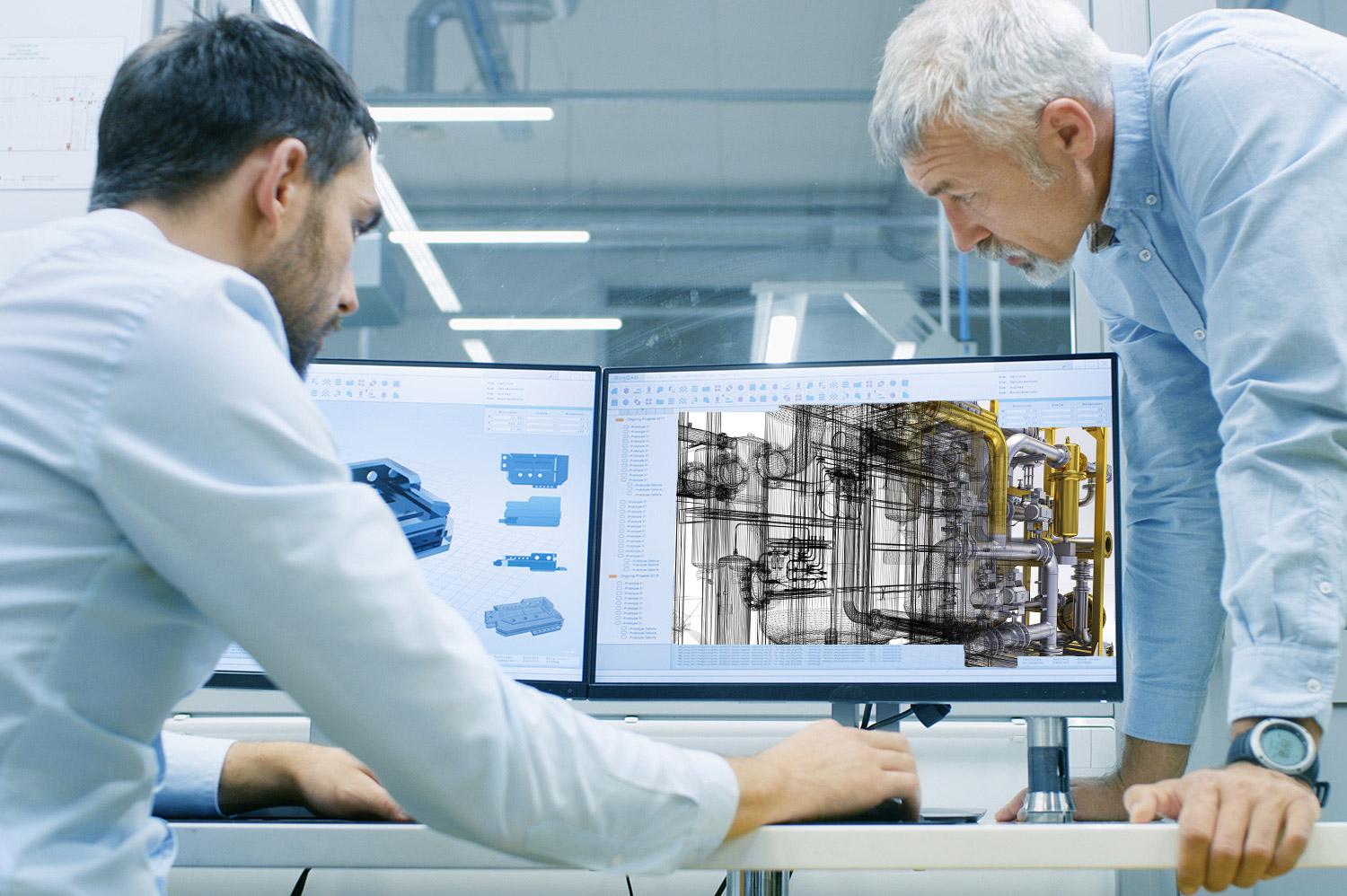
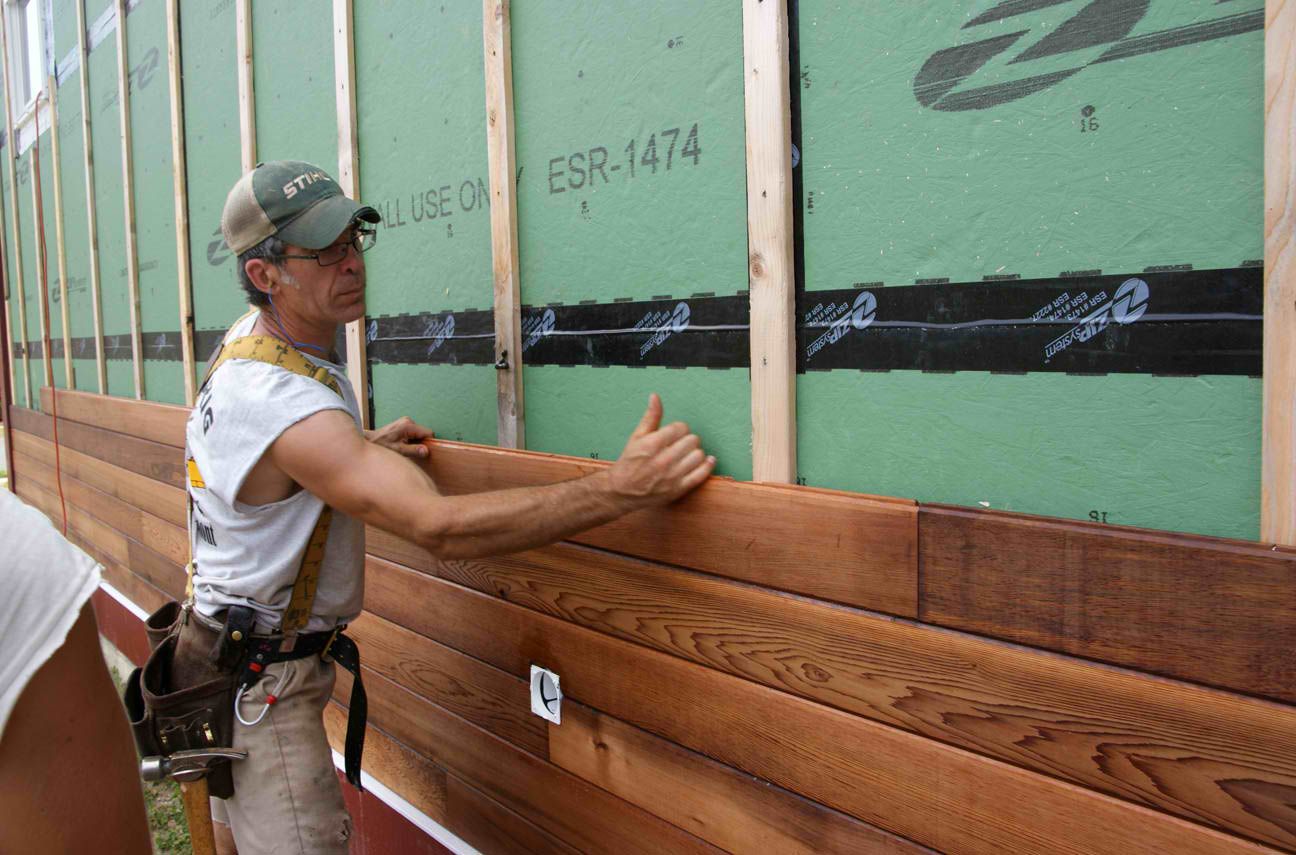
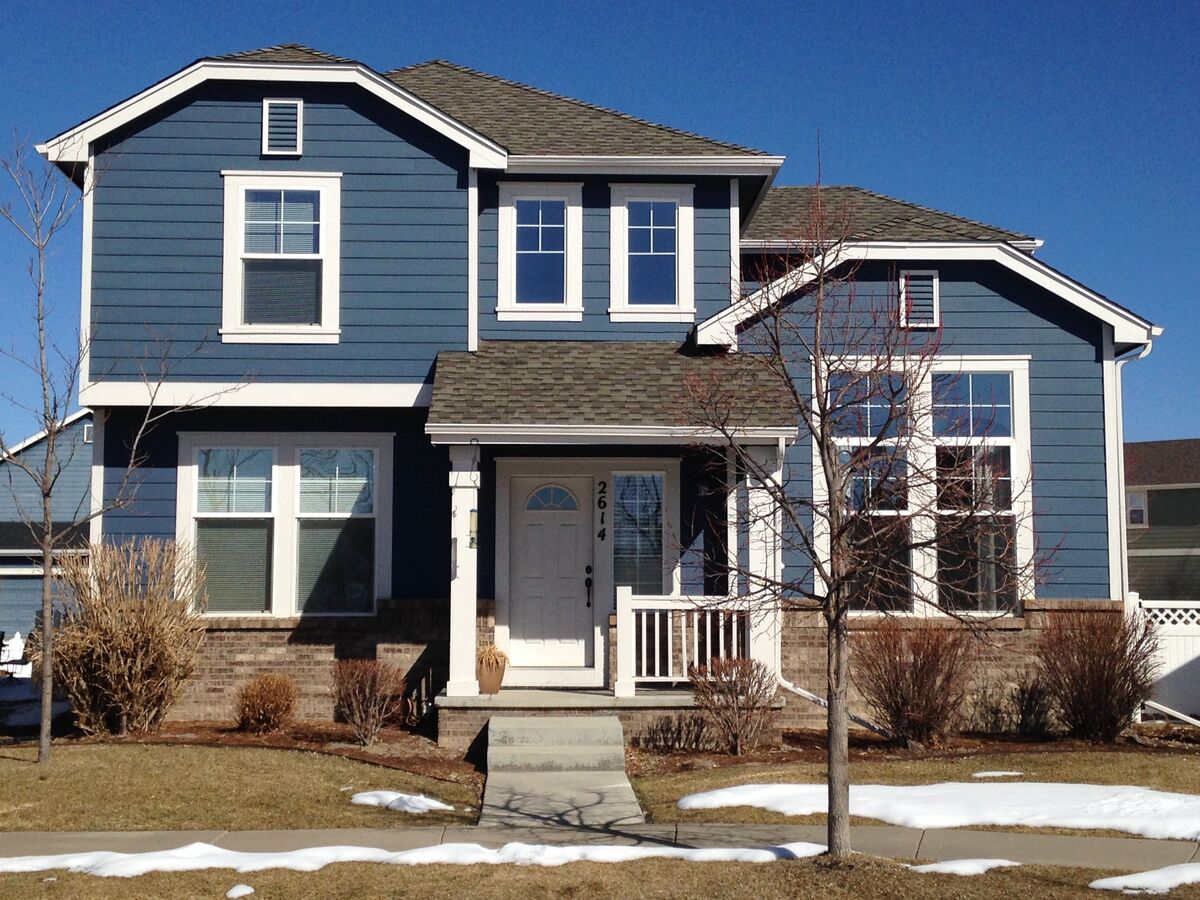
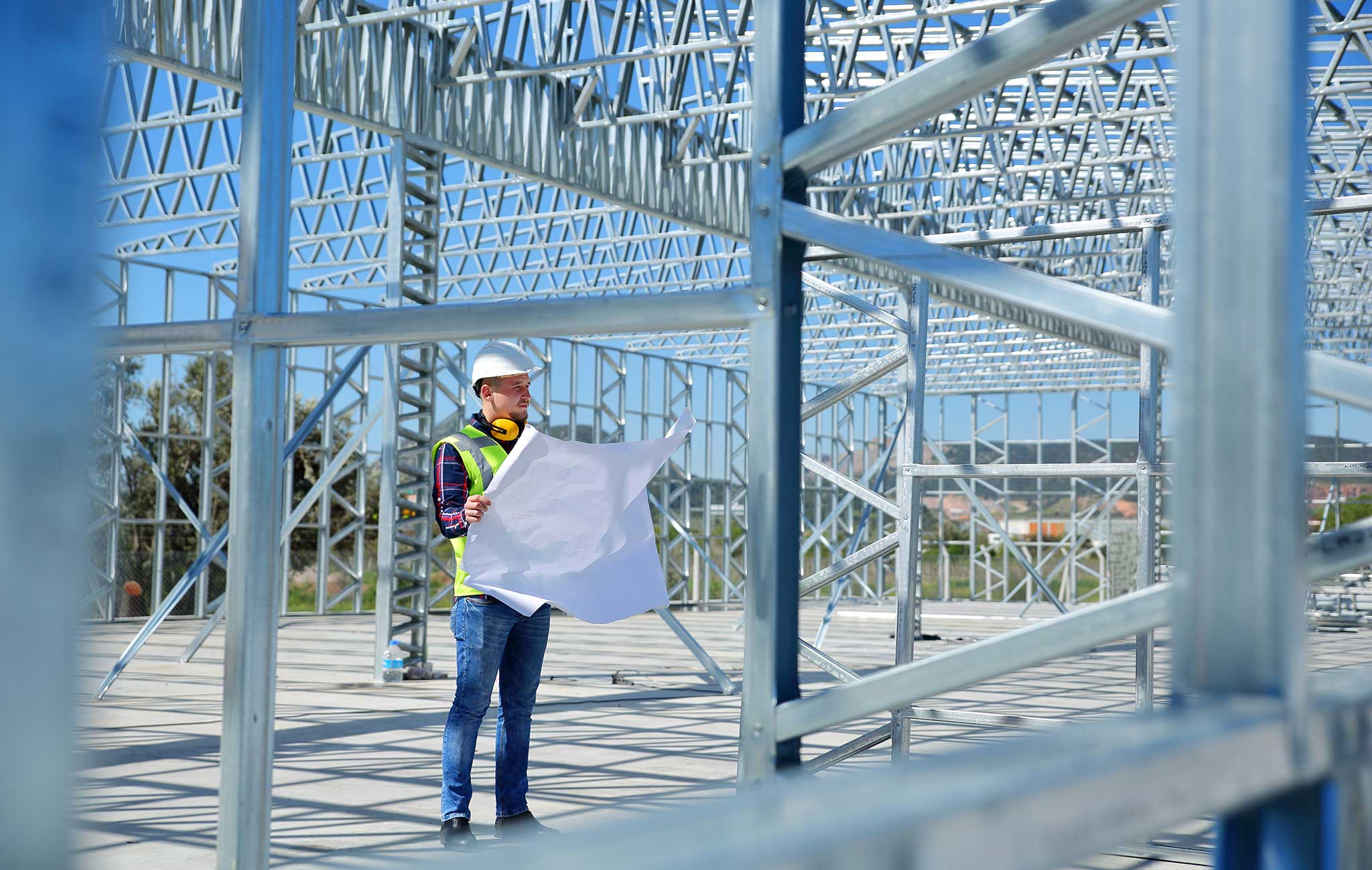
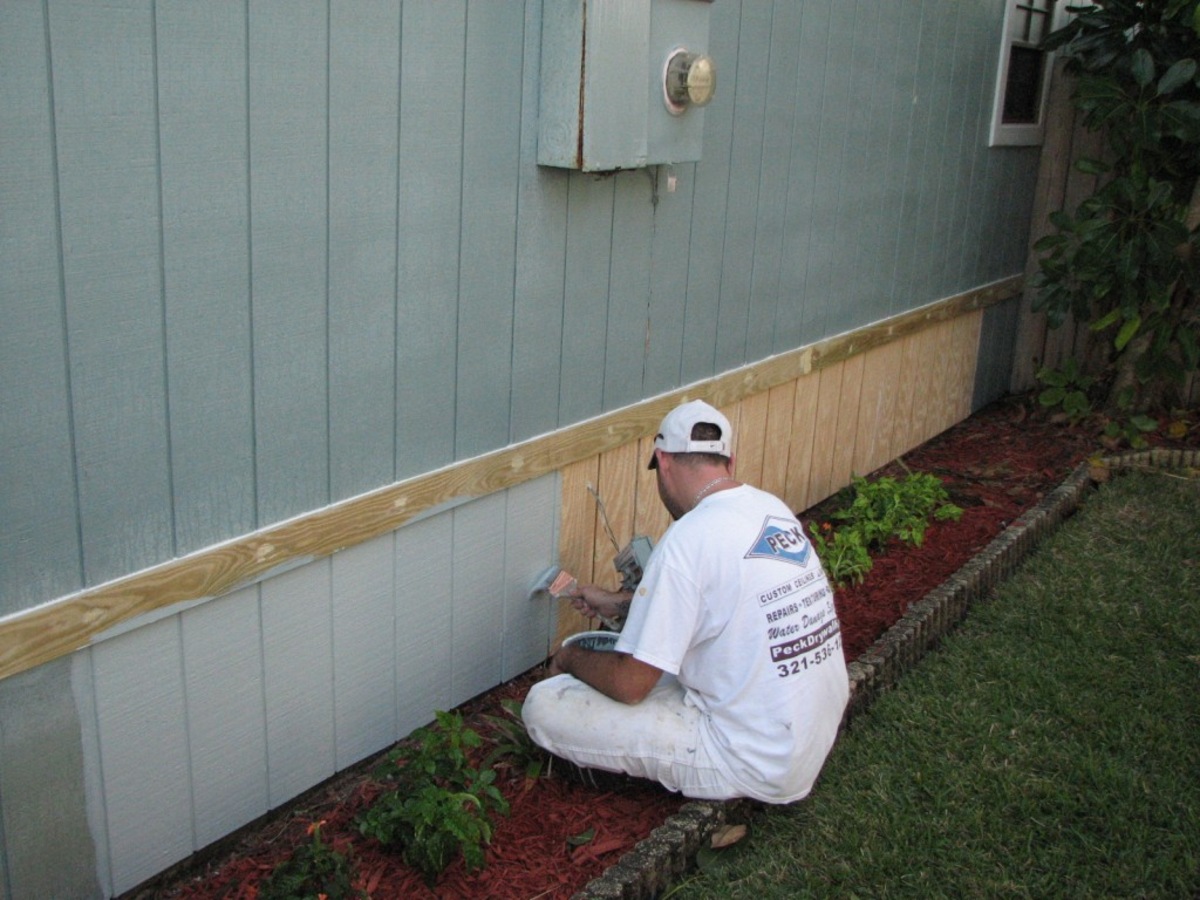
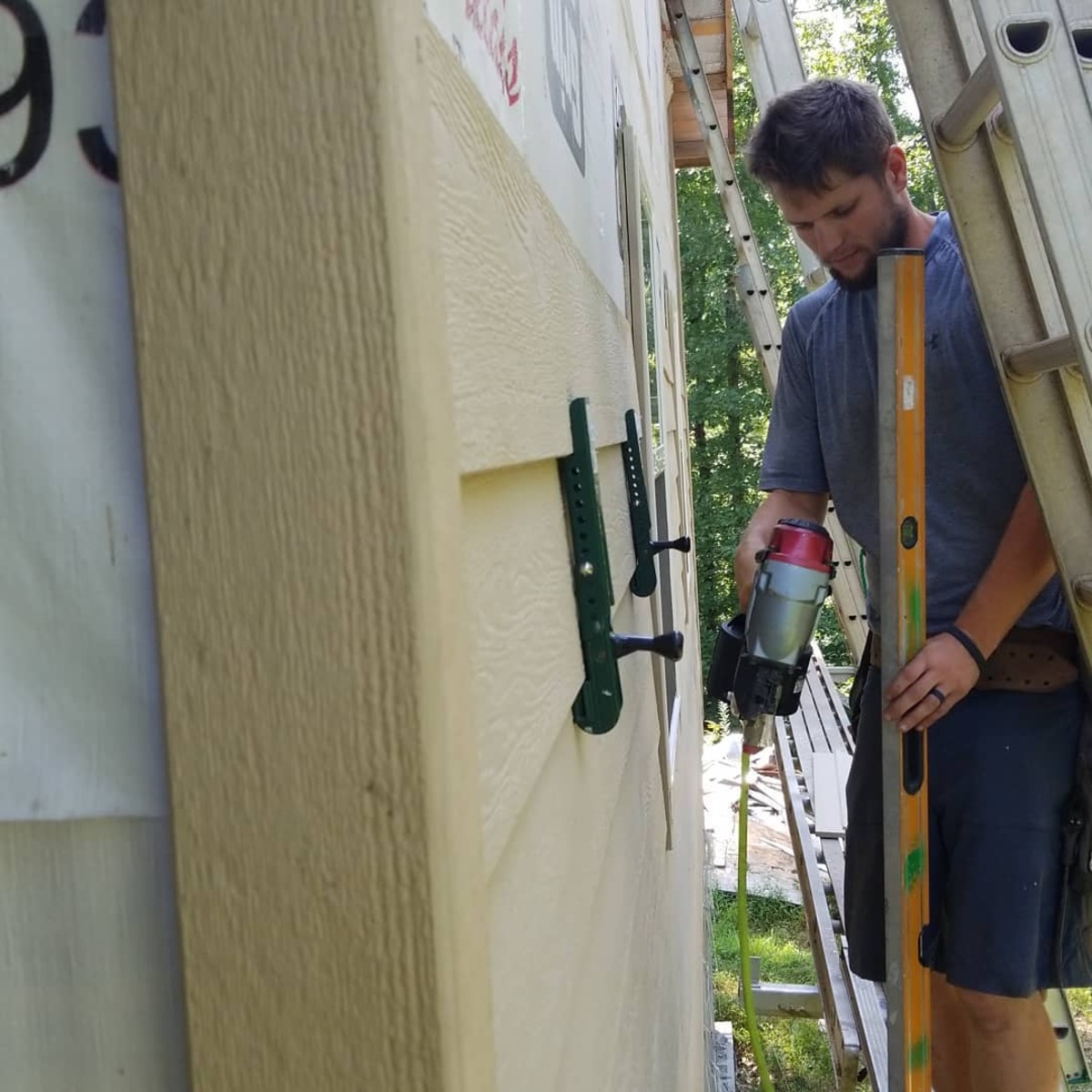
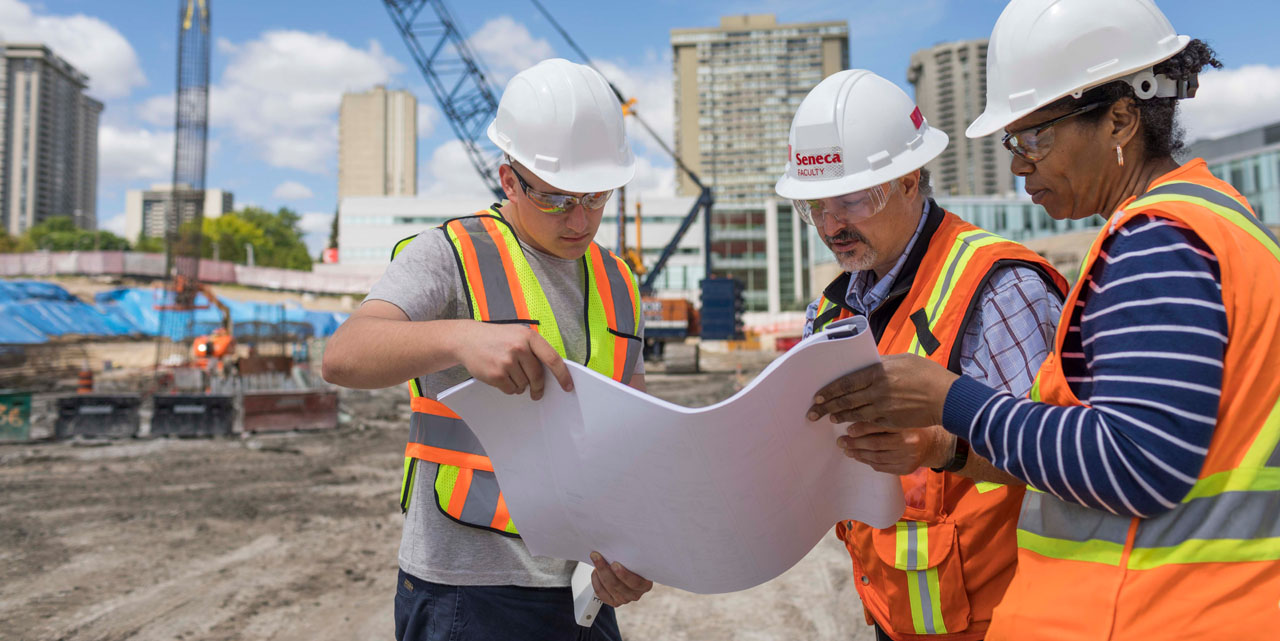
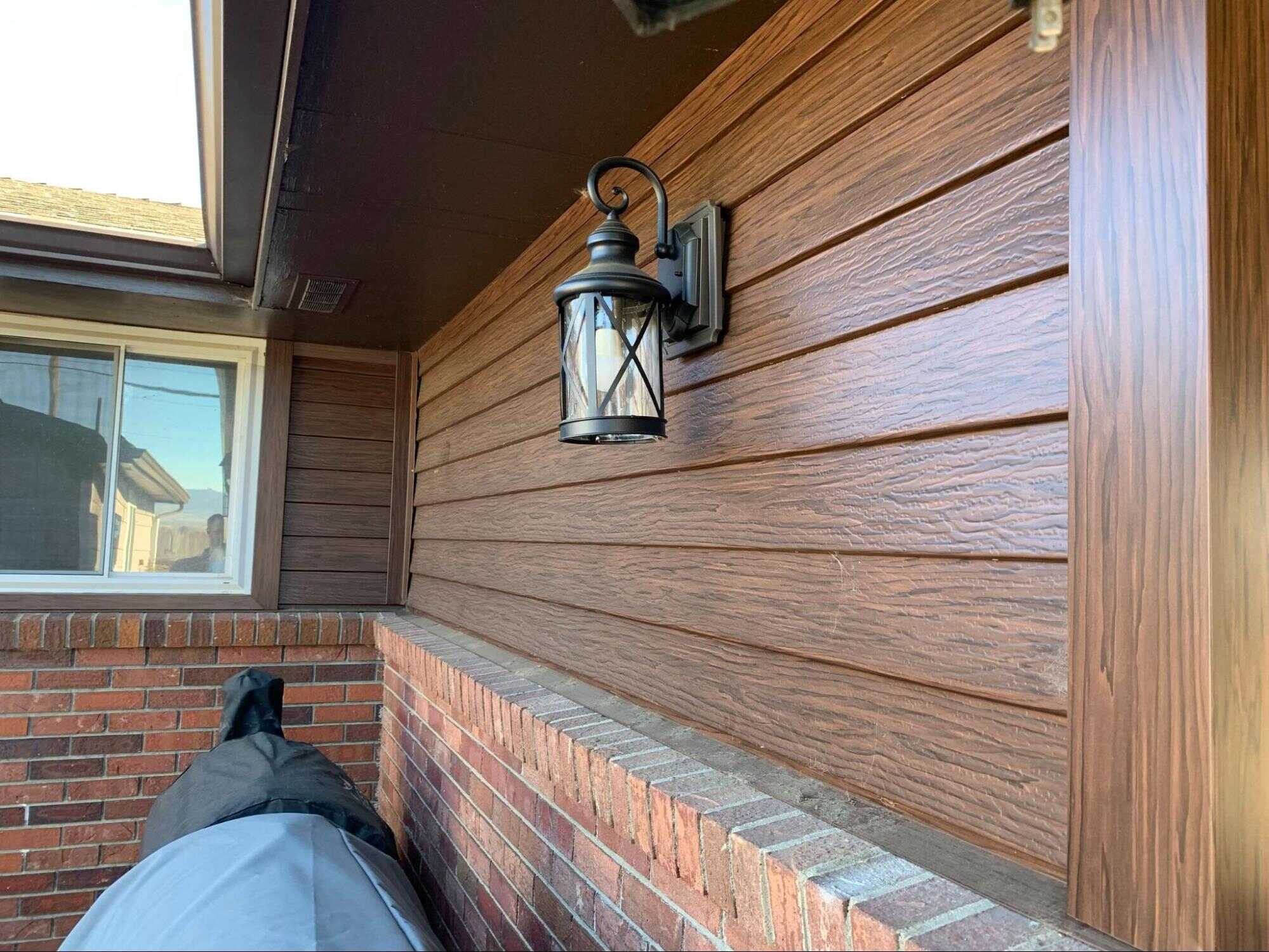
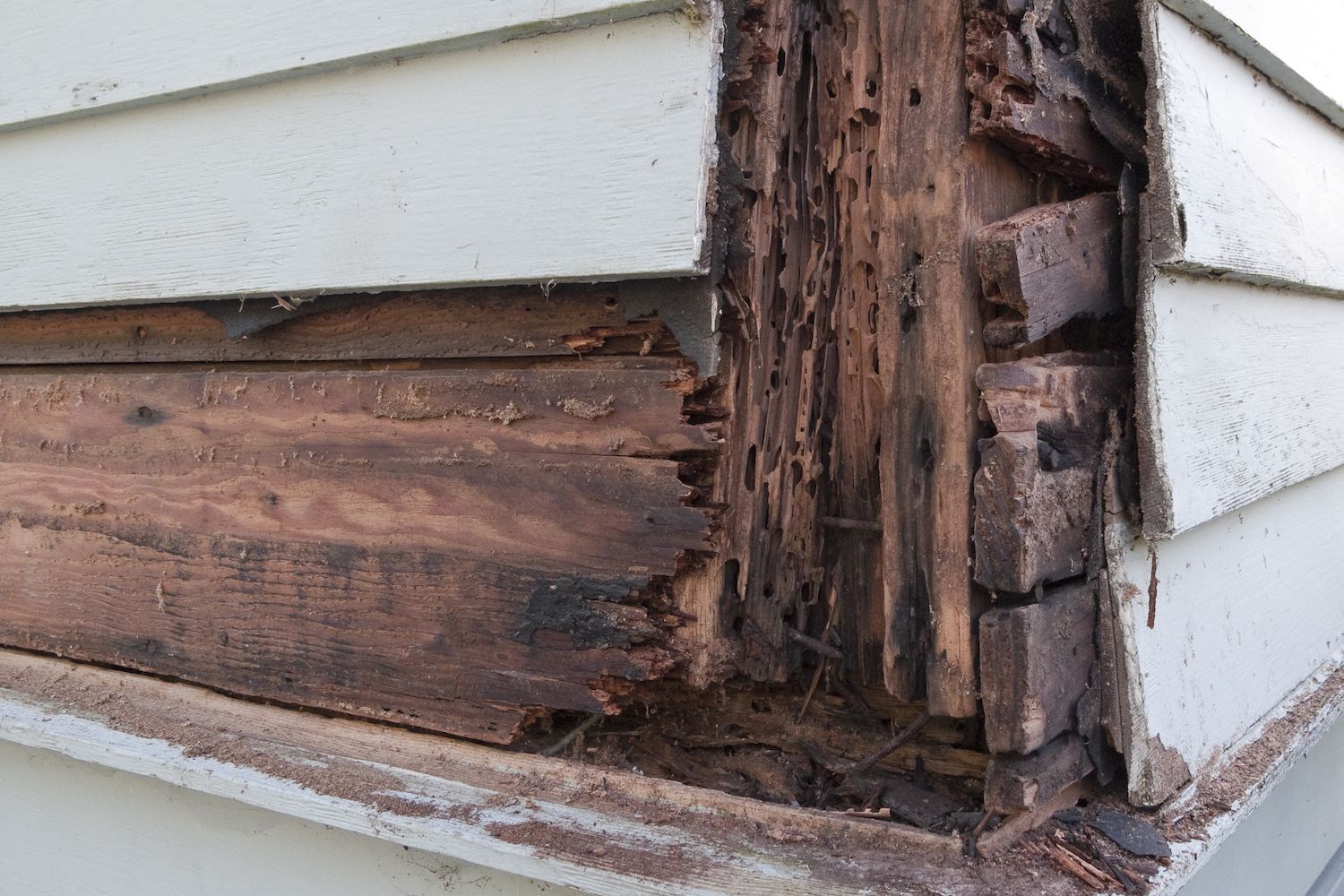

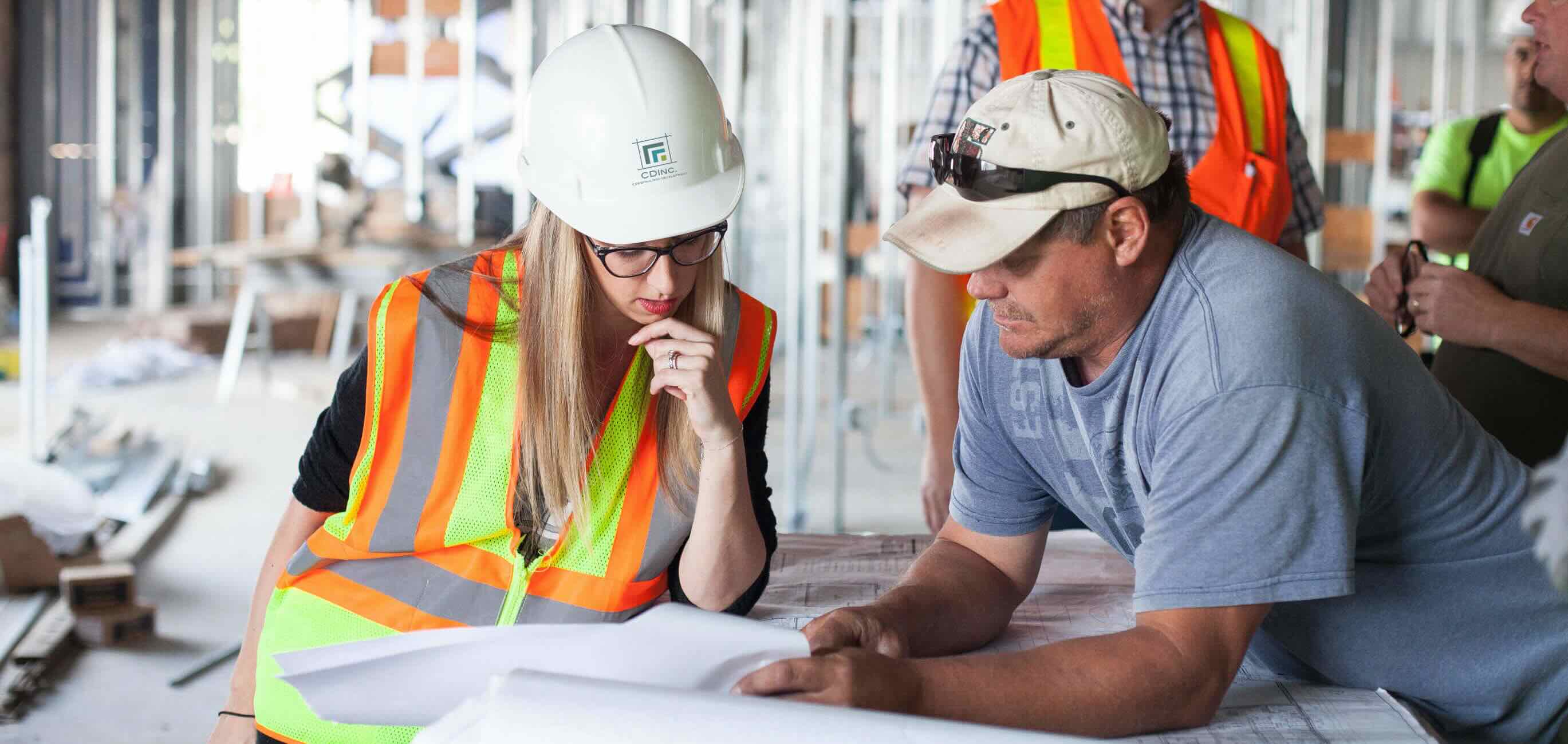

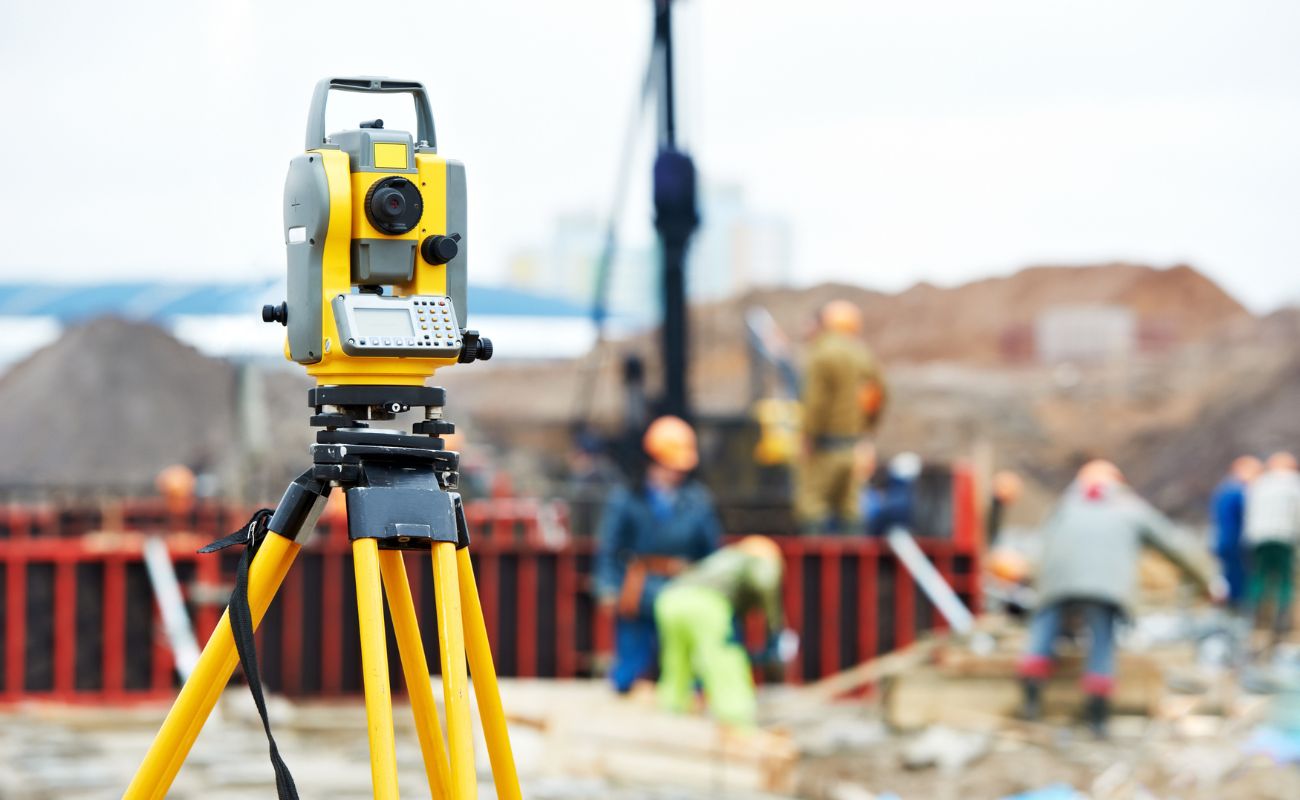

0 thoughts on “What Is Engineered Wood Siding”